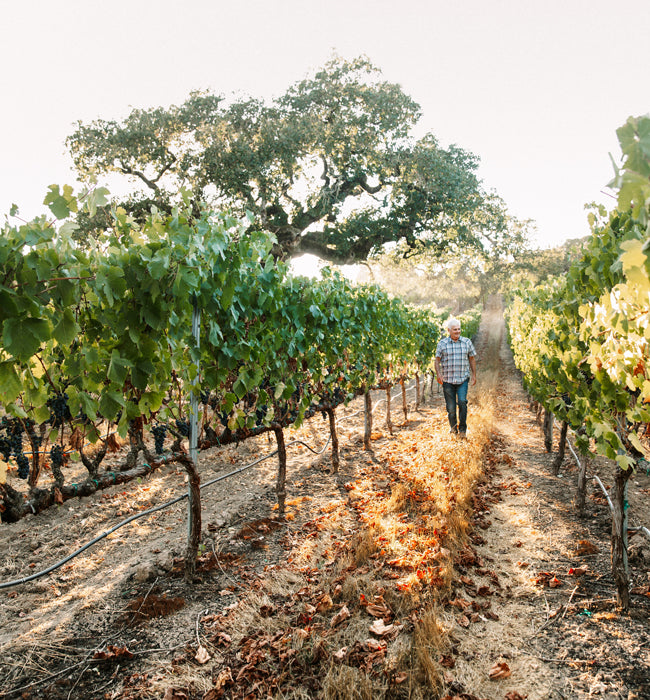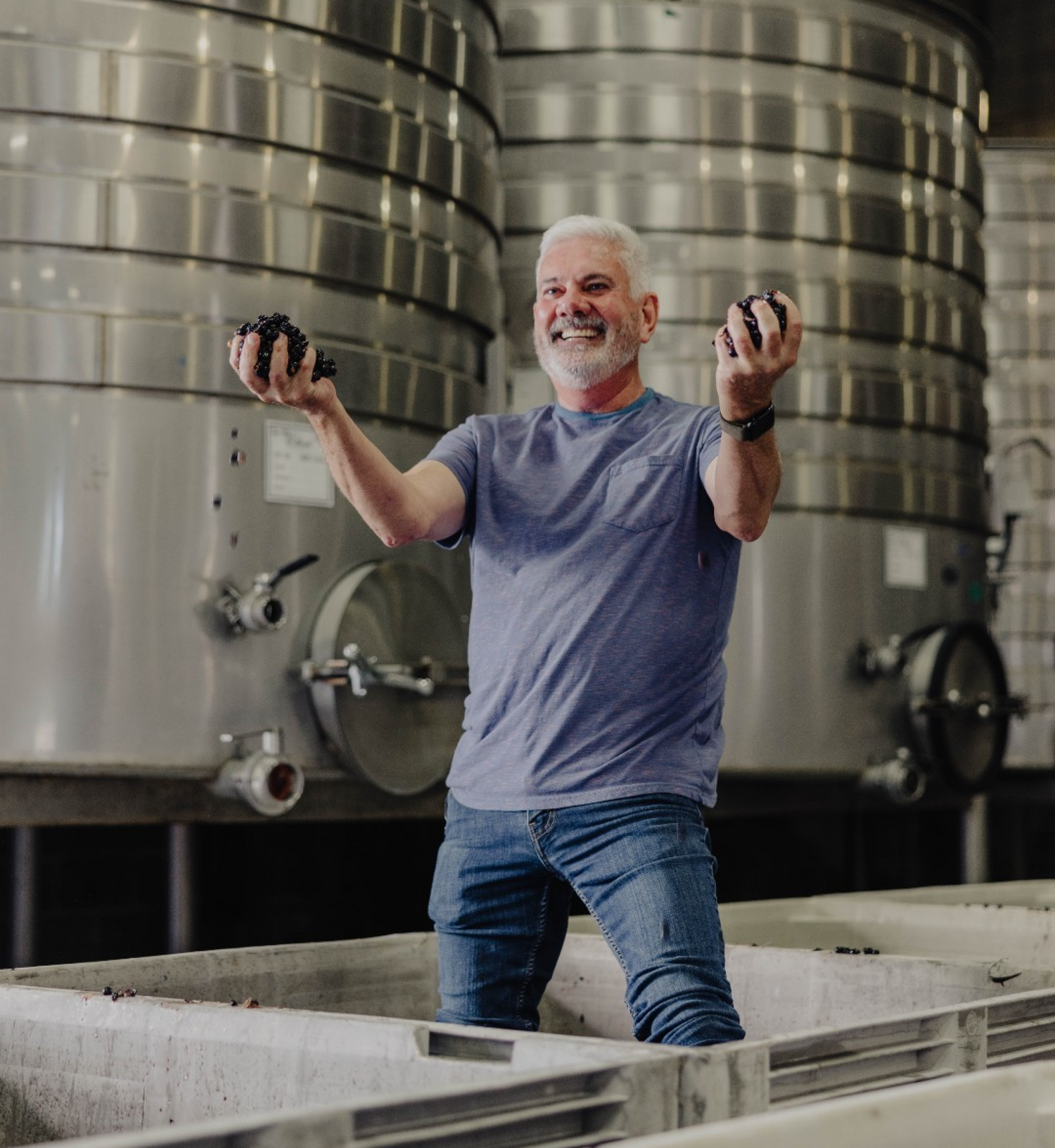2016 Oakville Cabernet Sauvignon
2016 Oakville Cabernet Sauvignon
The Oakville Cabernet Sauvignon was the third appellation wine to be introduced in our Cabernet series of very small bottlings dedicated to the benchland sub-appellations of Napa Valley. This bo...
The Oakville Cabernet Sauvignon was the third appellation wine to be introduced in our Cabernet series of very small bottlings dedicated to the benchland sub-appellations of Napa Valley. This bottling marks the eighth vintage of the Oakville Cabernet and celebrates Etude’s long-term relationship with one of the most highly regarded winegrowers in Napa Valley.
- Alcohol 14%
- Vintage 2016
Couldn't load pickup availability
Are you a Wine Club Member?
Specifications
Specifications
- Vintage: 2016
- Region: Napa Valley
- Appelation: Oakville
- ABV: 14.5
- Varietal: Cabernet Sauvignon
- pH: 3.89
Tasting Notes
Tasting Notes

Expert reviews

The Vineyard
Vine Hill Ranch
Process
The 2016 Vintage
-
Napa & Sonoma
The 2016 vintage was challenging, with the impact of our continuing drought requiring a deft touch in the vineyard, although there was some winter rain that helped recharge much needed groundwater. Bud break was early in February, and the march toward harvest continued through the season, with fruit arriving about two weeks earlier than normal. Shatter resulted in some blocks with lower yields, but the warm, mild growing days led to fruit with abundant flavor, good acidity and balance.
-
Central Coast
The extended drought was beginning to cause concern as the 2016 growing season began. However, a very warm spring and early summer with almost no rain allowed the fruit to ripen at a steady and deliberate pace. July and August brought cool nights and gentle warmth to the Sta. Rita Hills to allow the smaller-sized crop to mature perfectly, producing small berries in pristine condition. The drier-than normal conditions and the region’s abundant sunshine resulted in wines with excellent concentration, balance, color and intensity, resulting in Pinot Noir fruit showing exceptional depth and finesse.
-
Willamette Valley
The trend toward early harvests continued, and harvest was rapid, completed in record time. Bud break was early by one to two weeks, and warm weather continued through the spring and summer. Lower yields brought small berry sizes with intense aromatics and concentrated flavors. Tannins are more fine-grained, but with fruit, acidity and tannins all in great balance, this could be one of the most memorable vintages in recent Oregon history.

Crafted Excellence
Winemaking


